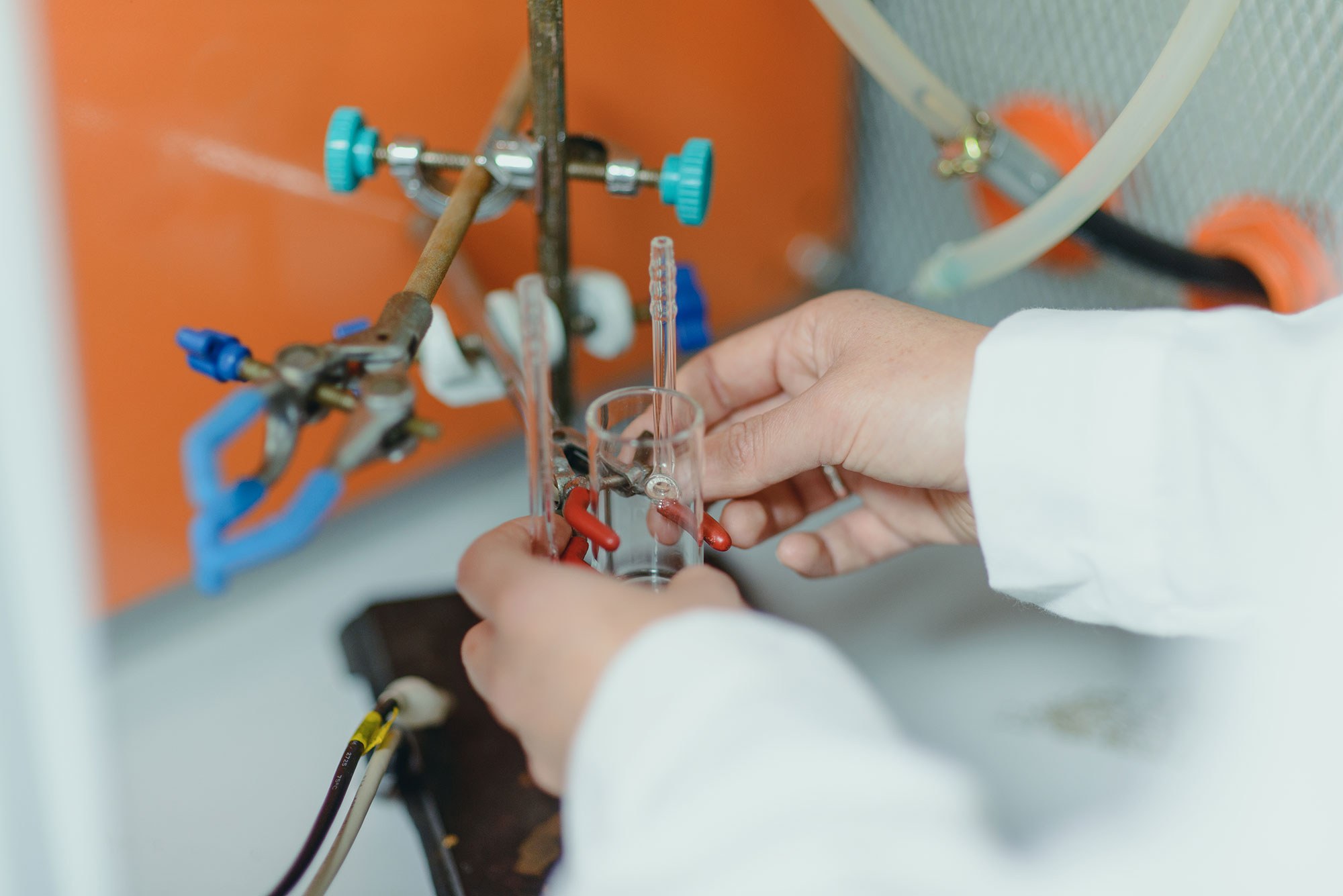Camarada, M. B., Comer, J., Poblete, H., Azhagiya Singam, E. R., Marquez-Miranda, V., Morales-Verdejo, C., & Gonzalez-Nilo, F. D. (2018). Experimental and computational characterization of the interaction between gold nanoparticles and polyamidoamine dendrimers. Langmuir, 34(34), 10063-10072. https://doi.org/10.1021/acs.langmuir.8b01809
Abstract: Dendrimers provide a means to control the synthesis of gold nanoparticles and stabilize their suspensions. However, design of improved dendrimers for this application is hindered by a lack of understanding how the dendrimers and synthesis conditions determine nanoparticle morphology and suspension stability. In the present work, we evaluate the effect of polyamidoamine (PAMAM) dendrimers terminated with different functional groups (−OH or −NH3+) and different synthesis conditions on the morphology of the resulting gold nanoparticles and their stability in solution. We leverage molecular dynamics (MD) simulations to identify the atomic interactions that underlie adsorption of PAMAM dendrimers to gold surface and how the thermodynamics of this adsorption depends on the terminal functional groups of the dendrimers. We find that gold nanoparticles formed with hydroxyl-terminated PAMAM (PAMAM–OH) rapidly aggregate, whereas those formed with PAMAM–NH3+ are stable in solution for months of storage. Synthesis under ultrasound sonication is shown to be more rapid than that under agitation, with sonication producing smaller nanoparticles. Free-energy calculations in MD simulations show that all dendrimers have a high affinity for the gold surface, although PAMAM–OH and its oxidized aldehyde form (PAMAM–CHO) have a greater affinity for the nanoparticle surface than PAMAM–NH3+. Although adsorption of PAMAM–OH and PAMAM–CHO has both favorable entropy and enthalpy, adsorption of PAMAM–NH3+ is driven by a strong enthalpic component subject to an unfavorable entropic component.


